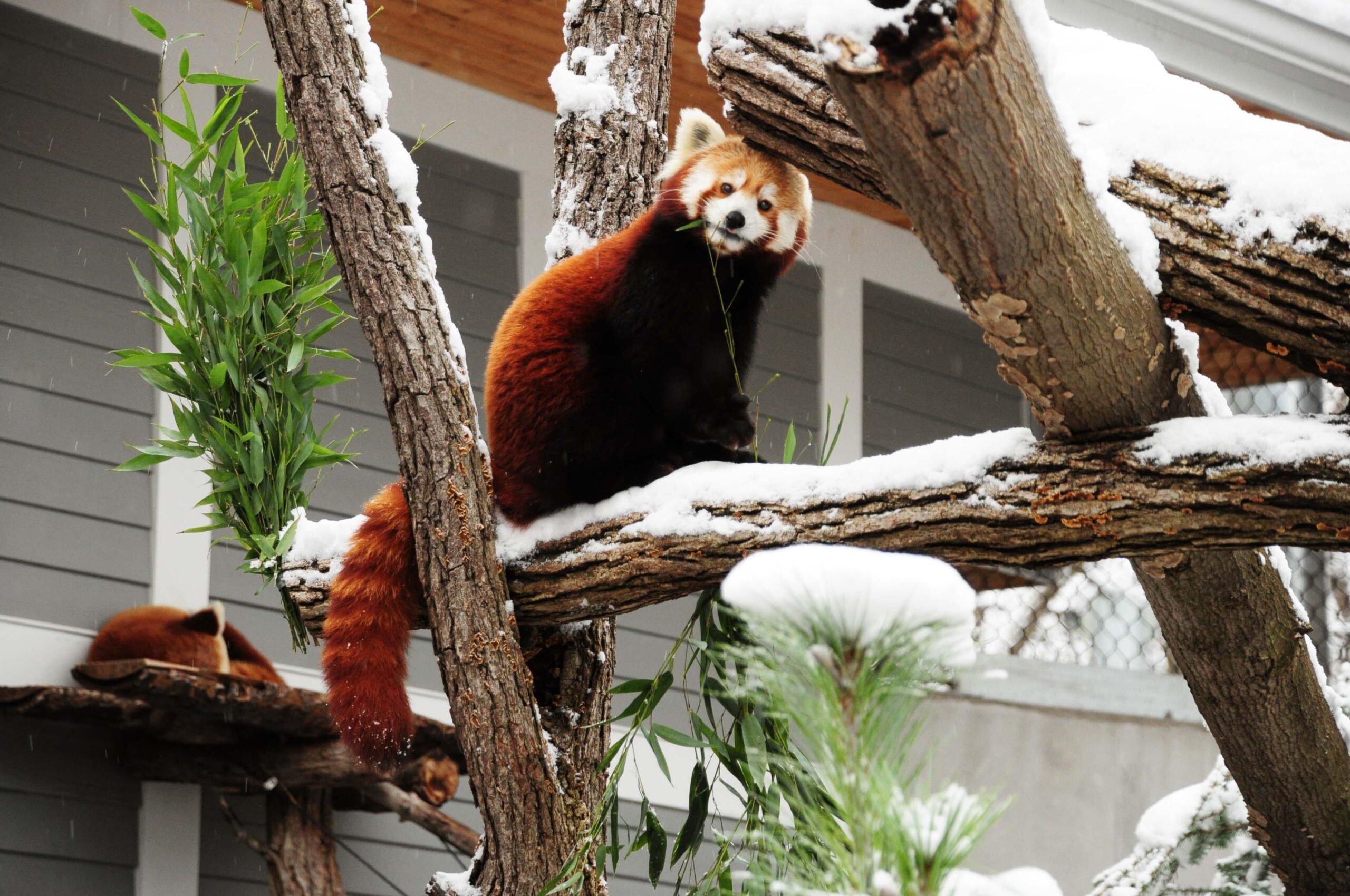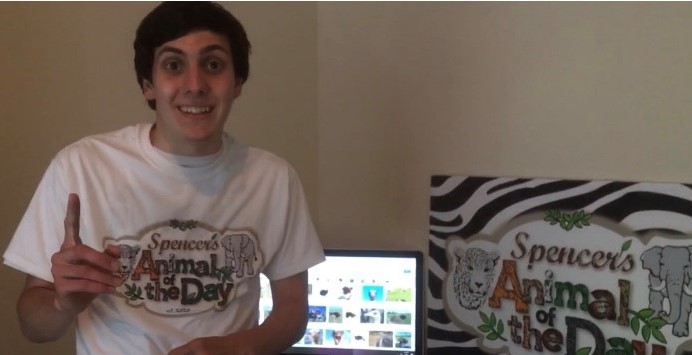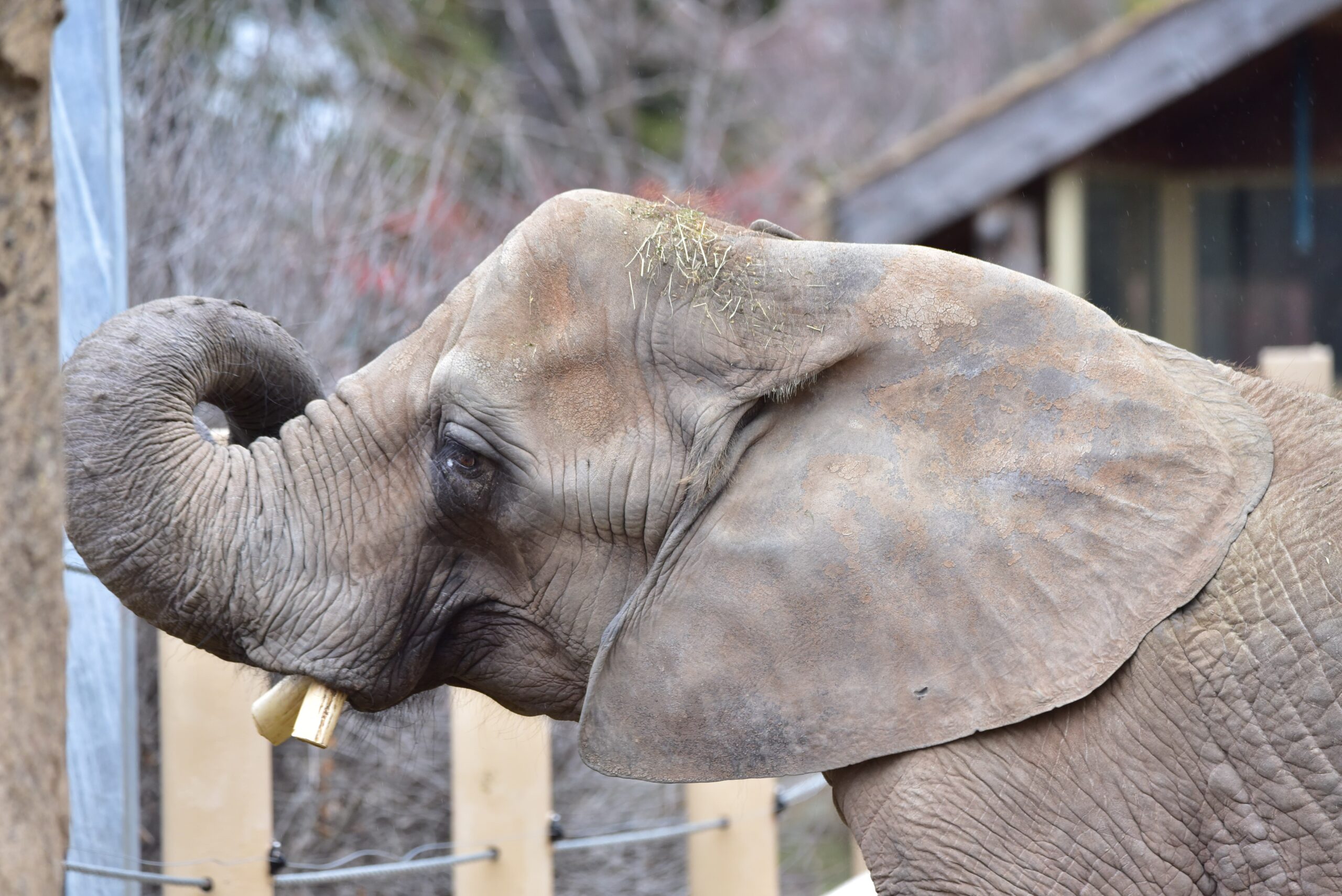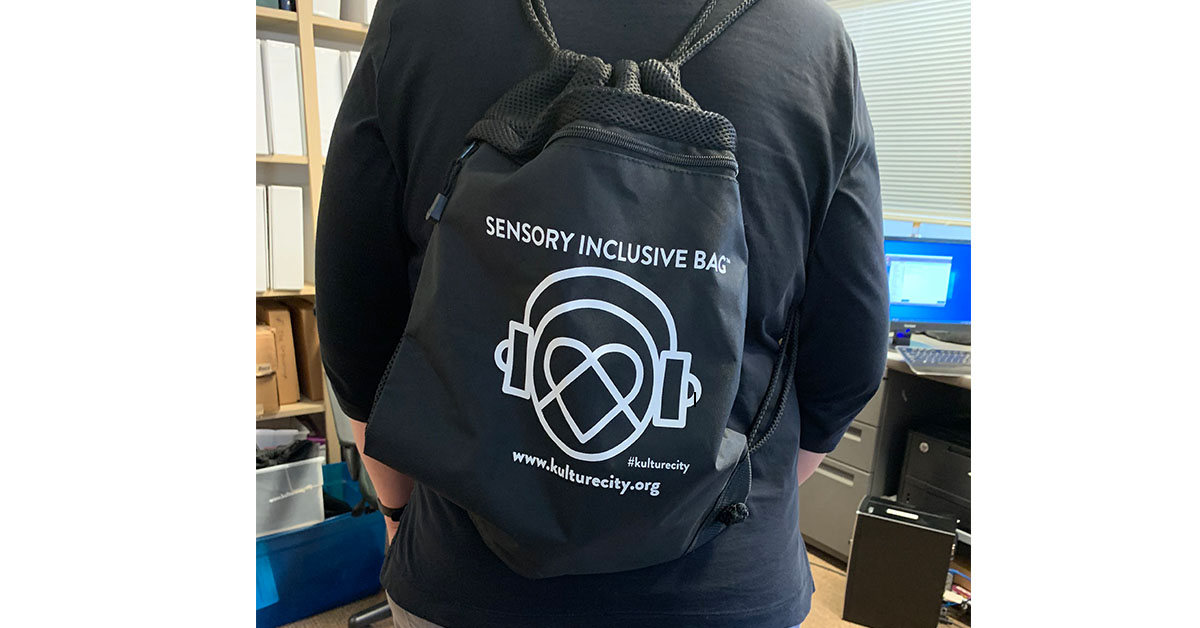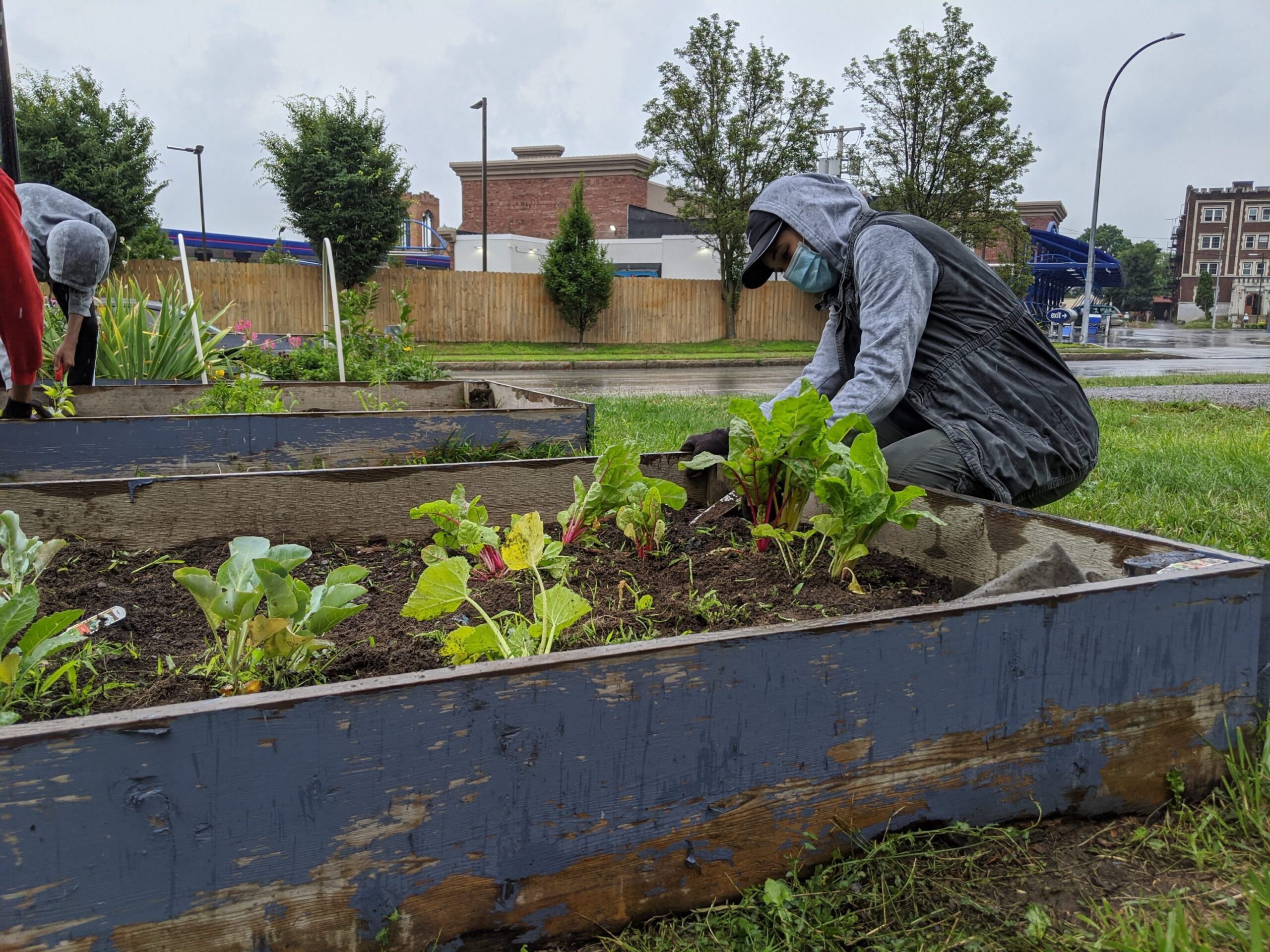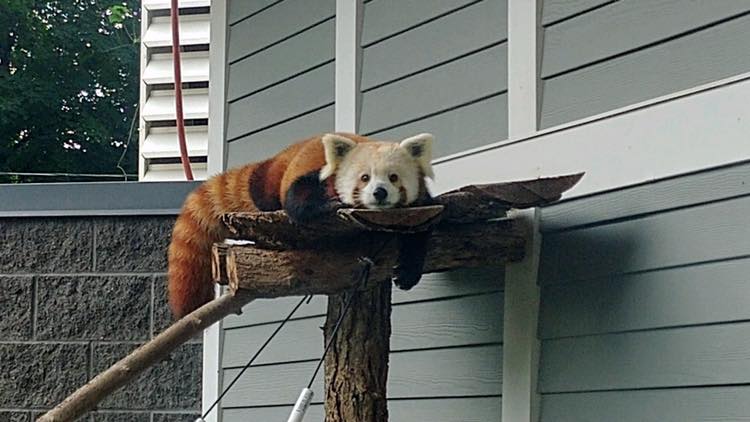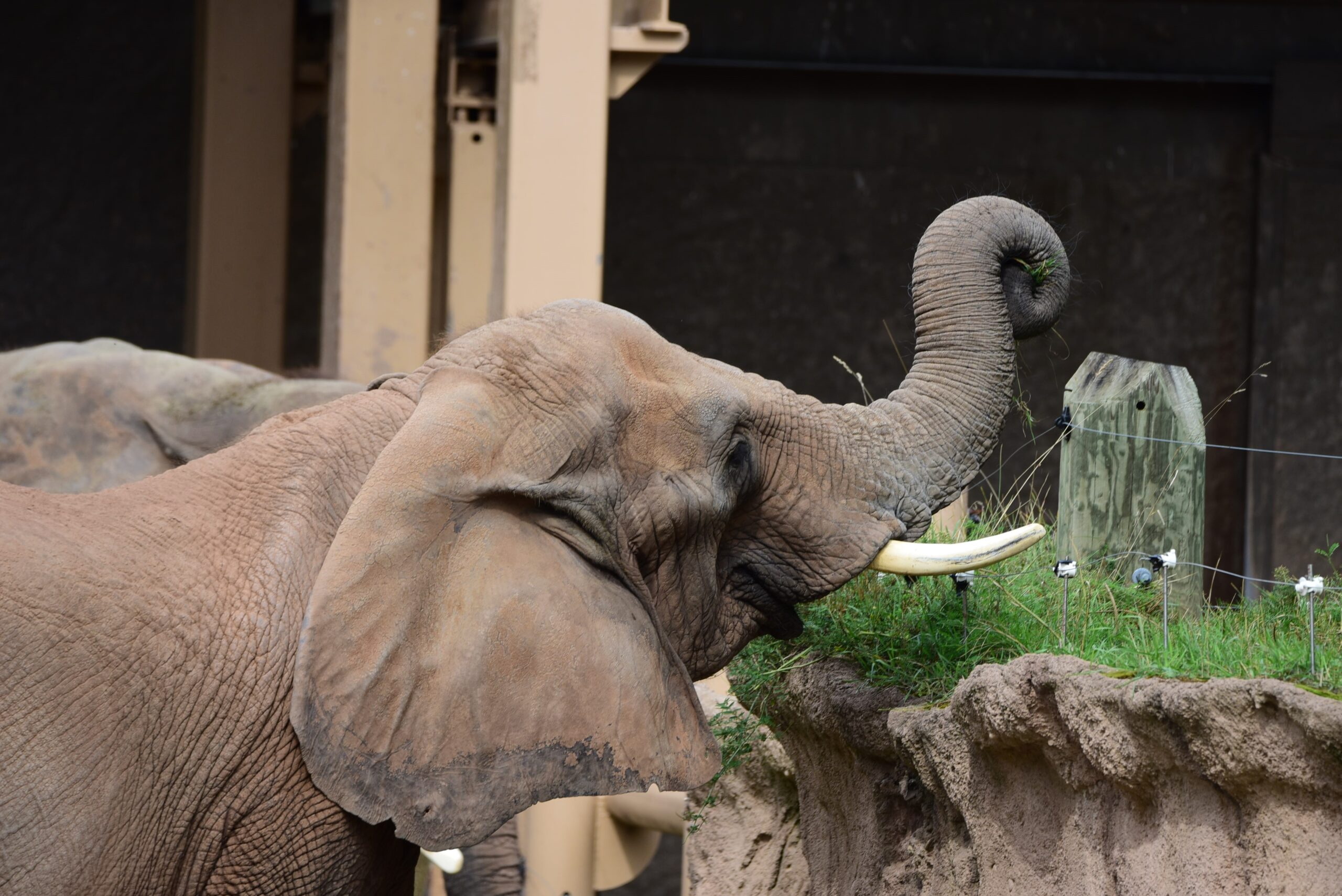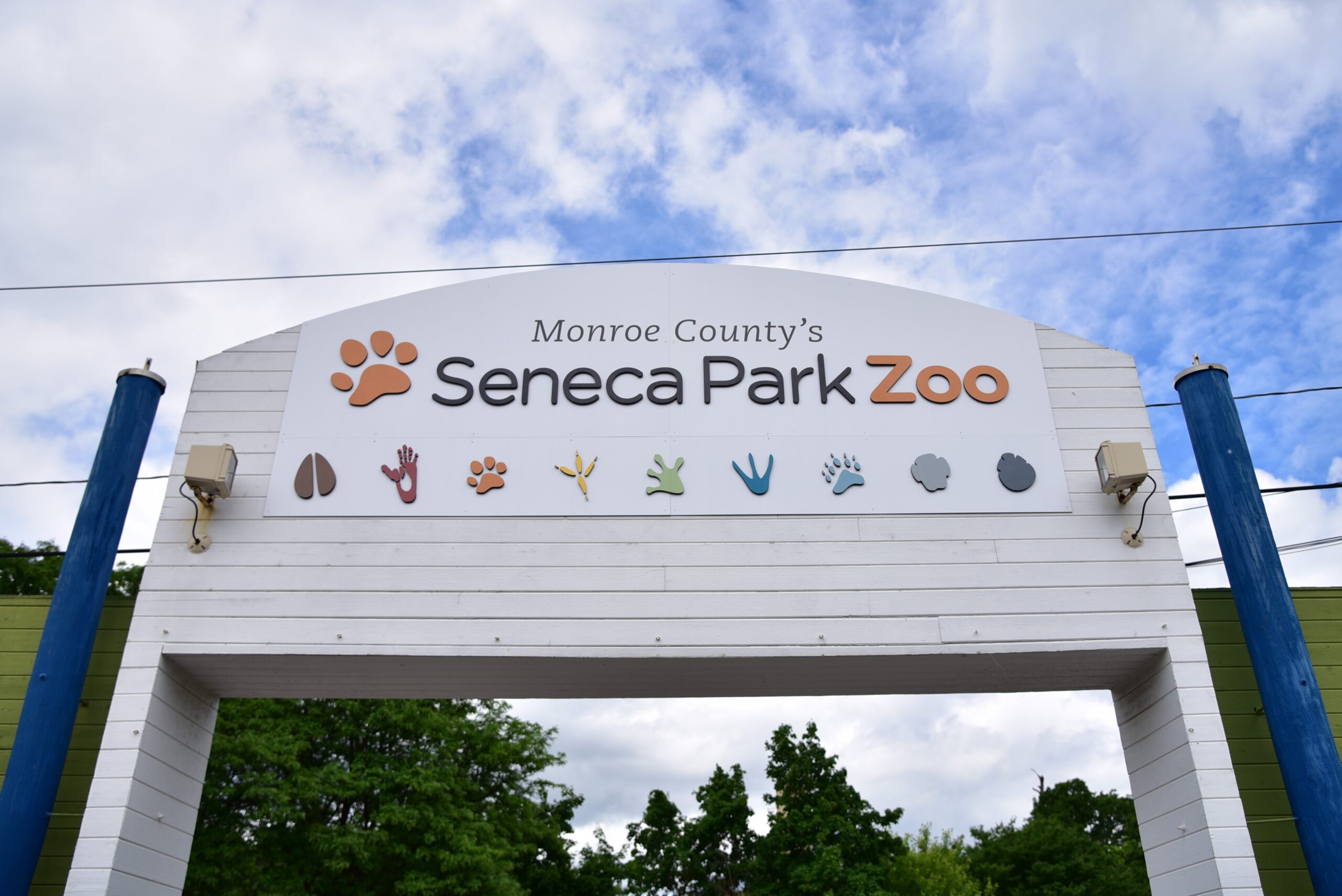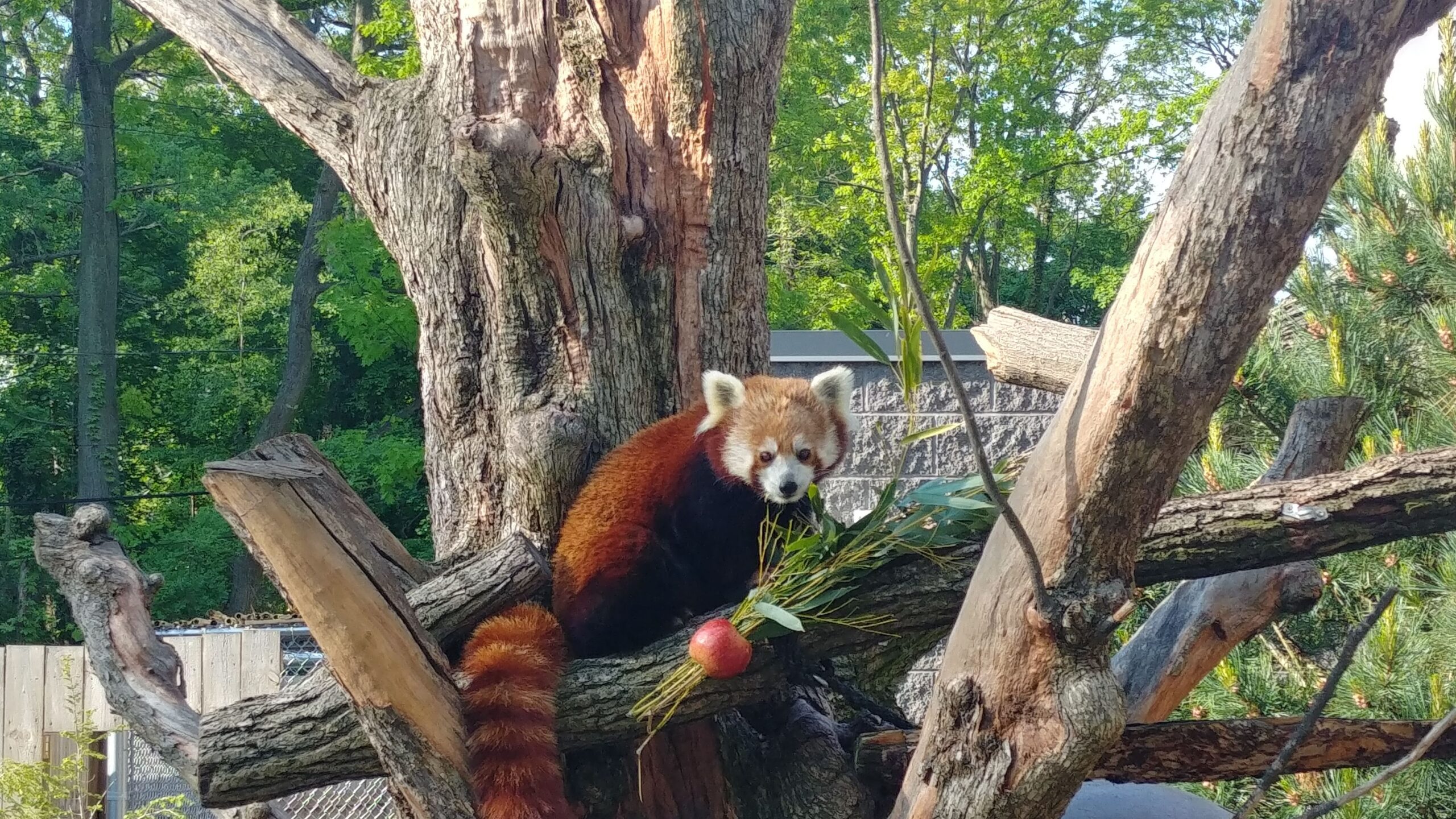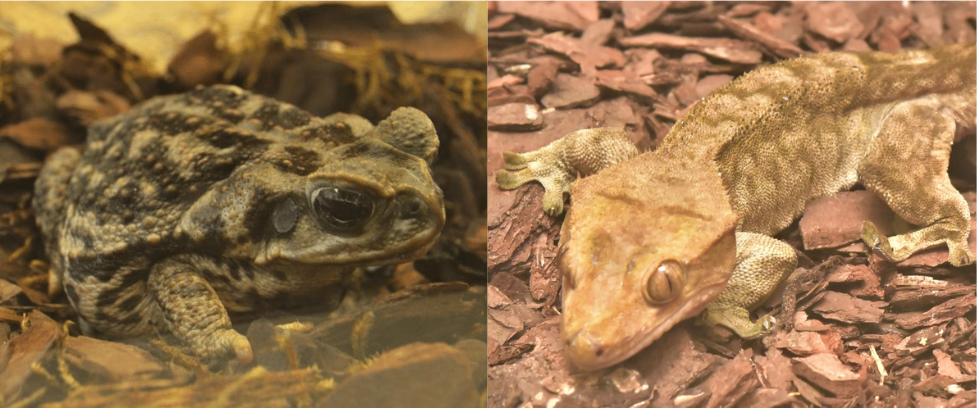December 31, 2020
As the temperature drops and the snow flurries begin, many people forget the Zoo as a safe and fun outdoor destination. Winter is a great time to visit Seneca Park Zoo, and the experience can be quite different than that on a warm busy summer day!
Winter Zoo visits can be quite peaceful. There are typically few people here, so the hub bub of kids laughing and crowds meandering is replaced with quiet. There’s a stillness in the air. But there is still plenty to see and do. Here are some suggestions on making the most of your winter visit.A must-see on a winter visit is the animals of cold Asia. The snow leopards and red pandas, in particular, are quite active when it’s cold outside. This winter, keepers will be reintroducing snow leopard Timila and Kaba for breeding season, so you could have the opportunity to see them together. Additionally, if you haven’t seen red panda Willie, you’ll love spending some time watching him and Starlight as they enjoy the cold air. The wolves and tiger are also typically quite active!
Another good stop on your winter visit is the baboon habitat. It has recently been completely reconfigured (link) and the baboons are having a ball! The baboon habitat has a covered area where you can get out of the wind or snow as well.
Keep heading into Animals of the Savanna to meet the Zoo’s newest resident, white rhino Jiwe’. Whether Jiwe’ is inside or outside, he’s fun to observe as well. As a juvenile, Jiwe’ can be playful and curious.
With the smaller crowds, a winter visit is a great time to spend some time at the aviary in the Animals of the Savanna building. See how many species you can count. Marvel at the variation in the songs of the different birds. Admire the setting, which was all hand painted by artisans.
Another great winter stop is the Rocky Coasts Gallery, which can provide a quiet warm-up spot. Take a seat on one of the benches and be mesmerized by the graceful California sea lions swimming back and forth. Watch the videos in the gallery which provide interesting background about polar bears and sea lions from our conservation partners. And be sure to spend some time at the reef tank. See how many species of corals and fish you can find. The signs in that area can help you learn more about coral in particular.A winter visit is a great time to read some of the interpretive signage throughout the Zoo. You’ll be surprised about how much you can learn! The “Why Save This Species” signs are fairly new and particularly interesting. You’ll find them by snow leopards, eagles, giraffes, and more!
Another great warm up spot is the ECO center. North American River otter Ashkii is usually swimming in the pool visible from inside. Have you ever seen a hellbender? These elusive amphibians camouflage in their habitat. But with a bit of time and observation, you can usually find them!
A great way to end your visit is a hot lunch special from Eagle’s Landing. Every day there is a home-made soup, and a lunch special. Ask at the counter or better yet, pre-order your meal here (specials are listed at the top) and it will be ready for you when you schedule it. The pavilion is heated and provides a comfortable, sheltered spot to enjoy your meal.
As you head out, you can take one last warm up stop at the ZooShop. Be sure to check out the “Live Sustainably at Home” section. There are many great items for yourself or for gifts!
Give a winter Zoo visit a try! We are open 362 days a year. Be sure to get your timed tickets in advance, and please – fill out the survey you’ll receive after your visit. We love to get your feedback.
*Banner photo by Elesa Kim

